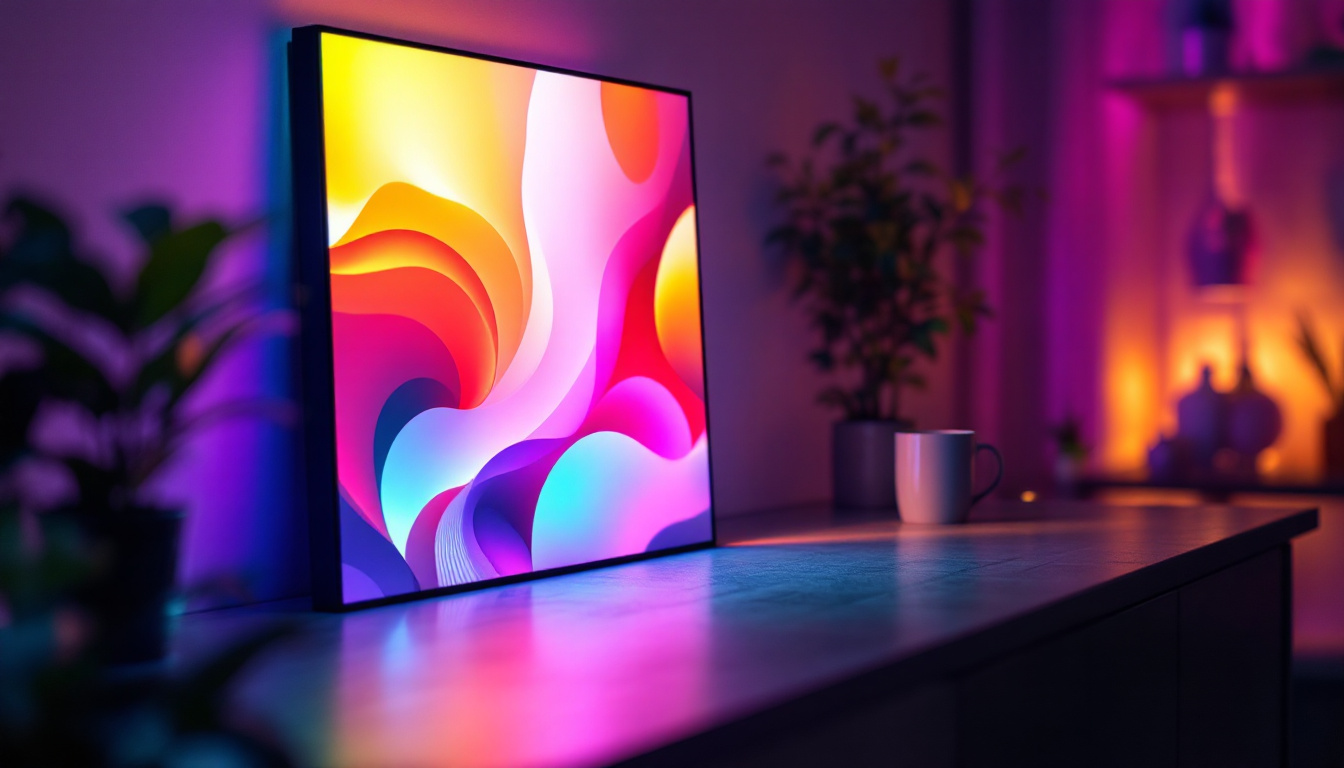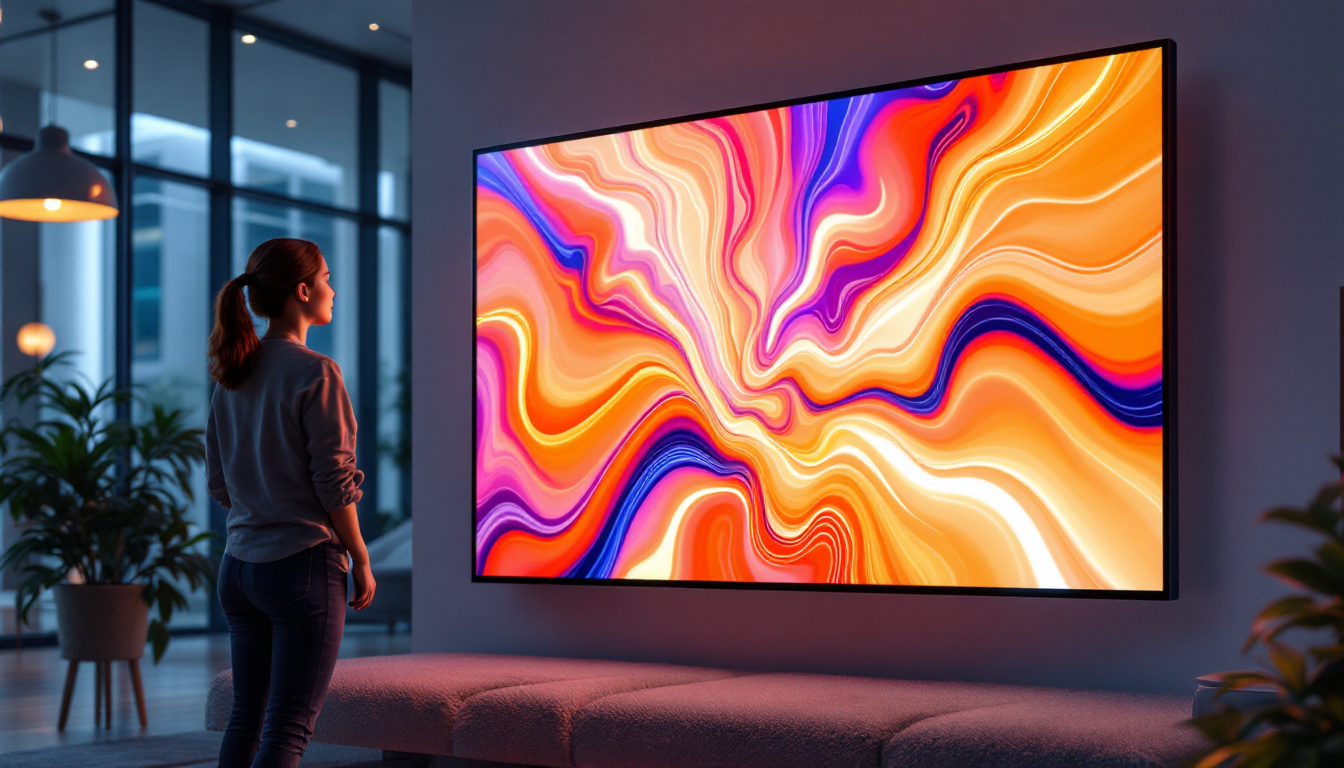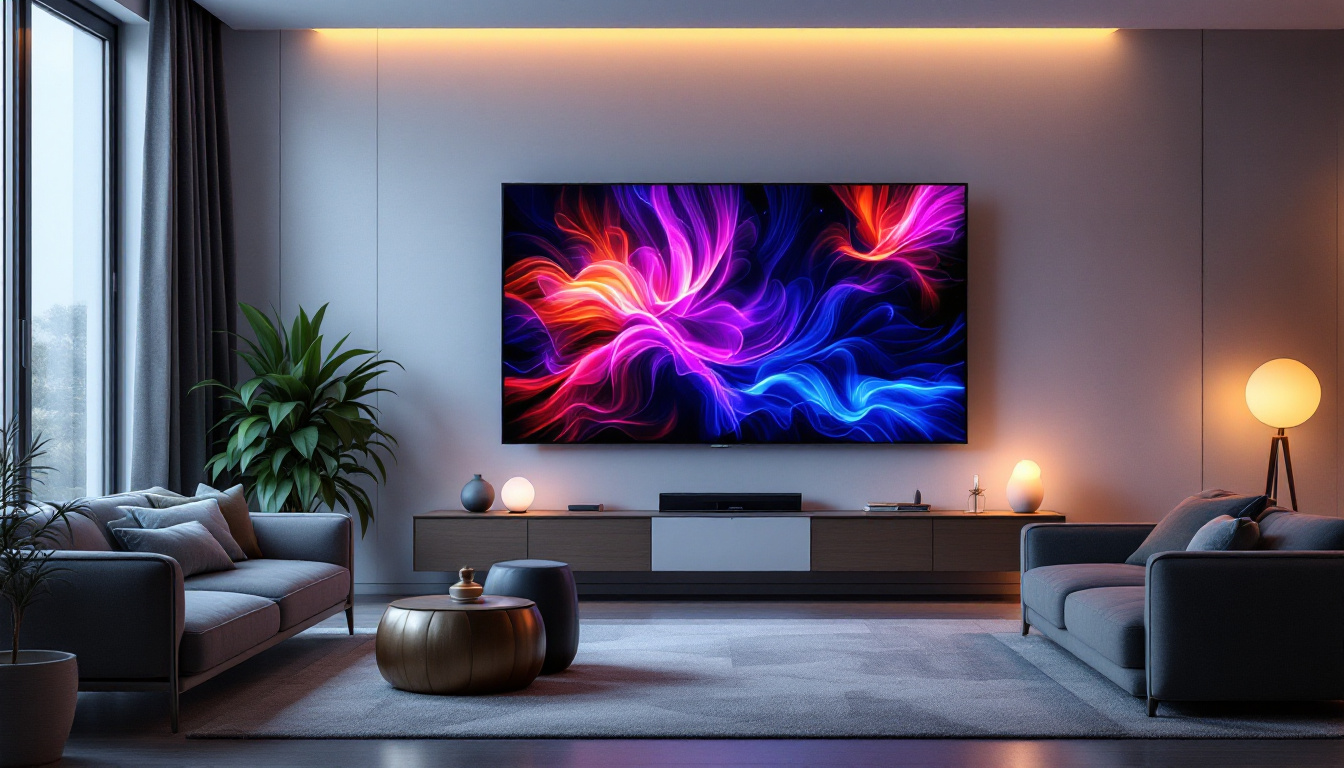In the realm of modern technology, displays play a crucial role in how we interact with devices. Among the various types of displays available, LCD (Liquid Crystal Display) touch screens and LED (Light Emitting Diode) displays are two of the most prevalent. Understanding the differences, advantages, and applications of these technologies is essential for making informed decisions about devices, whether for personal use or professional applications. This article delves into the intricacies of LCD touch screens and LED displays, providing a comprehensive overview of their functionalities and uses.
Understanding LCD Touch Screens
LCD touch screens have become ubiquitous in smartphones, tablets, and various other electronic devices. They combine the principles of liquid crystal technology with touch sensitivity, allowing users to interact directly with the display.
How LCD Touch Screens Work
The fundamental operation of an LCD touch screen involves the manipulation of liquid crystals between two polarizing filters. When voltage is applied, the liquid crystals align in such a way that they either block or allow light to pass through, creating images. The touch functionality is achieved through an additional layer that detects touch input, typically using capacitive or resistive technology.
In capacitive touch screens, the user’s finger creates a change in the electric field, which is detected by the screen. Conversely, resistive touch screens operate by detecting pressure applied to the screen. This dual functionality of displaying images and recognizing touch input makes LCD touch screens versatile and user-friendly. Furthermore, advancements in technology have led to multi-touch capabilities, allowing users to perform complex gestures such as pinch-to-zoom or swipe, enhancing the overall user experience significantly.
Advantages of LCD Touch Screens
One of the primary advantages of LCD touch screens is their ability to deliver high-resolution images with vibrant colors. They are also relatively energy-efficient compared to older display technologies, which contributes to longer battery life in portable devices.
Moreover, LCD touch screens are lightweight and thin, making them ideal for sleek, modern designs. Their durability is another significant benefit; many LCD screens are designed to withstand daily wear and tear, including scratches and impacts, particularly when enhanced with protective glass. In addition to these features, LCD touch screens are known for their excellent viewing angles, ensuring that colors remain consistent and images clear, even when viewed from the side. This characteristic is particularly valuable in collaborative environments, such as classrooms or conference rooms, where multiple users may be looking at the screen simultaneously.
Another noteworthy advantage is the adaptability of LCD touch screens across various applications. From industrial control panels to interactive kiosks and automotive displays, their versatility allows for innovative solutions tailored to specific needs. As technology continues to evolve, we can expect even more enhancements in touch sensitivity and display quality, further solidifying the role of LCD touch screens in our daily lives.
Exploring LED Displays
LED displays have gained immense popularity due to their brightness, energy efficiency, and versatility. Unlike traditional LCDs that use fluorescent backlighting, LED displays utilize light-emitting diodes to produce images, resulting in a more vibrant visual experience.
Types of LED Displays
LED displays come in various types, each serving different purposes. The most common types include:
- Direct LED: This type uses an array of LEDs placed directly behind the screen to provide backlighting. It offers better contrast and color accuracy.
- Edge-lit LED: In this configuration, LEDs are placed along the edges of the screen, allowing for a thinner design but potentially less uniform brightness.
- OLED (Organic LED): A more advanced type of LED display, OLED technology allows each pixel to emit its own light, resulting in deeper blacks and more vibrant colors.
Benefits of LED Displays
LED displays are known for their exceptional brightness, making them suitable for various environments, including outdoor settings where sunlight can wash out other display types. Their energy efficiency is another compelling advantage, as they consume less power compared to traditional LCDs, leading to lower operational costs.
Additionally, LED displays offer a longer lifespan, reducing the need for frequent replacements. This longevity, combined with their ability to produce stunning visuals, makes them a popular choice for everything from televisions to advertising billboards.
Comparing LCD Touch Screens and LED Displays
While both LCD touch screens and LED displays serve the purpose of visual output, they differ significantly in technology and application. Understanding these differences can help users choose the right display for their needs.
Image Quality and Performance
In terms of image quality, LED displays generally outperform LCD touch screens due to their ability to produce brighter images and deeper blacks. The contrast ratio in LED displays is typically superior, providing a more immersive viewing experience.
However, LCD touch screens can still deliver excellent image quality, especially in high-end models. The choice between the two often comes down to specific use cases; for instance, LED displays are preferred for environments requiring high brightness, while LCD touch screens are favored for interactive devices.
Cost Considerations
Cost is another critical factor when comparing these two display technologies. Generally, LCD touch screens tend to be more affordable than LED displays, making them a popular choice for budget-conscious consumers. However, the price of LED displays has been decreasing over the years, making them more accessible to a broader audience.
When considering long-term investment, it’s essential to factor in operational costs, such as energy consumption and lifespan. LED displays, while initially more expensive, may offer savings over time due to their energy efficiency and durability.
Applications of LCD Touch Screens
LCD touch screens are widely used in various applications, ranging from consumer electronics to industrial settings. Their versatility and user-friendly design make them suitable for numerous environments.
Consumer Electronics
In the realm of consumer electronics, LCD touch screens are the backbone of smartphones, tablets, and laptops. Their ability to provide a responsive and intuitive user experience has revolutionized how individuals interact with technology.
Moreover, the integration of touch technology has allowed for more compact designs, as users can navigate without the need for physical buttons. This trend continues to evolve, with manufacturers constantly innovating to enhance touch sensitivity and display quality.
Industrial and Commercial Uses
Beyond consumer electronics, LCD touch screens find applications in industrial and commercial environments. They are often used in kiosks, point-of-sale systems, and interactive displays in museums or exhibitions. The durability and ease of use make them ideal for settings where users may have limited technical knowledge.
In manufacturing, LCD touch screens are employed in control panels, providing operators with a clear and interactive interface to monitor processes. This enhances efficiency and reduces the likelihood of errors, ultimately contributing to better productivity.
Applications of LED Displays
LED displays have carved out a significant niche in various sectors due to their brightness and versatility. They are particularly favored in environments where visibility is paramount.
Advertising and Marketing
One of the most prominent applications of LED displays is in advertising and marketing. digital billboards and signage utilize LED technology to capture attention with vibrant colors and dynamic content. Their ability to display high-resolution images and videos makes them an effective tool for brands looking to engage consumers.
Moreover, LED displays can be easily updated with new content, allowing businesses to adapt their messaging quickly and efficiently. This flexibility is a significant advantage over traditional static signage.
Entertainment and Events
In the entertainment industry, LED displays are ubiquitous, used in concerts, sports events, and festivals. Their brightness ensures visibility even in outdoor settings, while their ability to display dynamic content enhances the overall experience for attendees.
From large stadium screens to intricate stage backdrops, LED technology has transformed how events are visualized, creating immersive environments that captivate audiences.
The Future of Display Technology
The evolution of display technology continues to advance at a rapid pace. As both LCD touch screens and LED displays improve, new innovations are expected to emerge, enhancing performance and user experience.
Emerging Trends
One of the most exciting trends in display technology is the development of flexible and foldable screens. These innovations promise to revolutionize how devices are designed, allowing for greater portability and versatility without sacrificing display quality.
Additionally, advancements in resolution, such as 4K and 8K displays, are becoming more mainstream. These high-definition displays provide unparalleled clarity, making them ideal for applications requiring detailed visuals, such as graphic design and medical imaging.
Sustainability Considerations
As environmental concerns grow, sustainability in display technology is becoming increasingly important. Manufacturers are exploring eco-friendly materials and energy-efficient designs to reduce the environmental impact of production and usage.
LED technology, in particular, is well-positioned to lead in this area due to its energy efficiency and longevity. As consumers become more environmentally conscious, the demand for sustainable display solutions is likely to rise.
Conclusion
In summary, both LCD touch screens and LED displays offer unique advantages and applications that cater to different needs. Understanding the intricacies of each technology is essential for making informed choices in a rapidly evolving digital landscape. As technology continues to advance, both LCD and LED displays will play pivotal roles in shaping how we interact with the world around us.
Whether for personal use, commercial applications, or industrial settings, the right display technology can significantly enhance user experience and operational efficiency. As innovations continue to emerge, staying informed about the latest developments in display technology will be crucial for consumers and businesses alike.
Discover LumenMatrix’s Advanced LED Display Solutions
As you consider the future of display technology for your personal, commercial, or industrial needs, LumenMatrix stands at the forefront of LED innovation. With a commitment to revolutionizing visual communication, LumenMatrix offers a wide array of LED display modules designed to elevate brand presence and captivate audiences. From Indoor and Outdoor LED Wall Displays to specialized solutions like Vehicle, Sports, and Floor LED Displays, our products are tailored to create immersive experiences and deliver your message with unparalleled impact. To explore how LumenMatrix can transform your visual engagement, check out LumenMatrix LED Display Solutions today.































